One of the most significant female pharaohs went by the nameHatshepsut(c. 15071458).
As the second recorded female pharaoh afterSobekneferu, Hatshepsut possesses a unique place in history.
Scroll down to learn eight interesting facts about the female pharaoh.
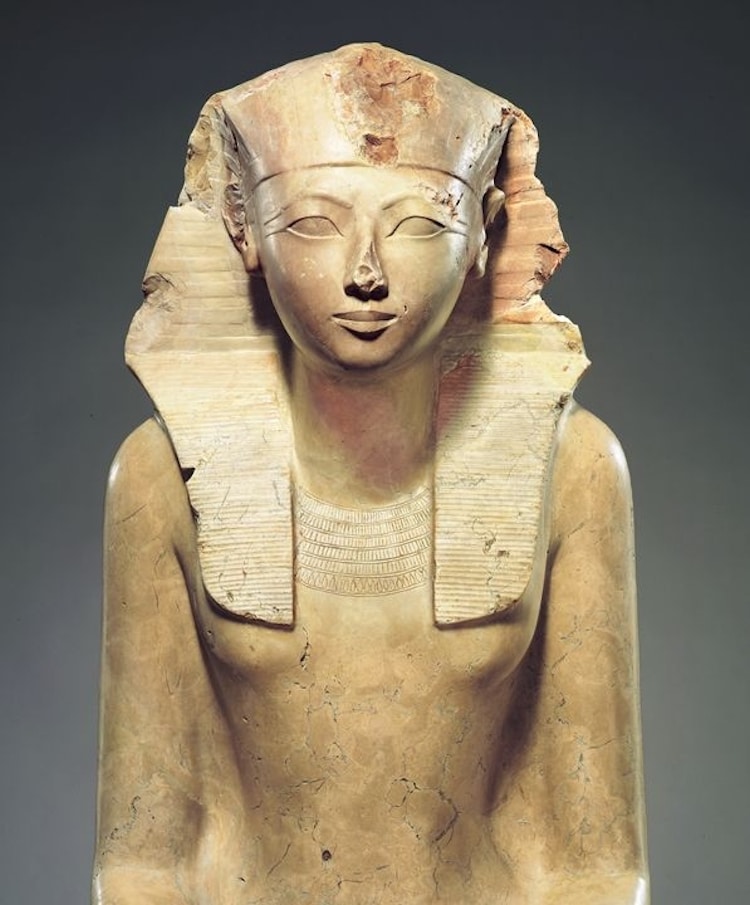
Statue of Hatshepsut as pharaoh, c. 1479–1458 BCE (Photo:Wikimedia Commons,CC0 1.0)
Learn eight facts about the Ancient Egyptian pharaoh Hatshepsut.
However, she was not first in line to the throne.
She was a regent for her stepson.
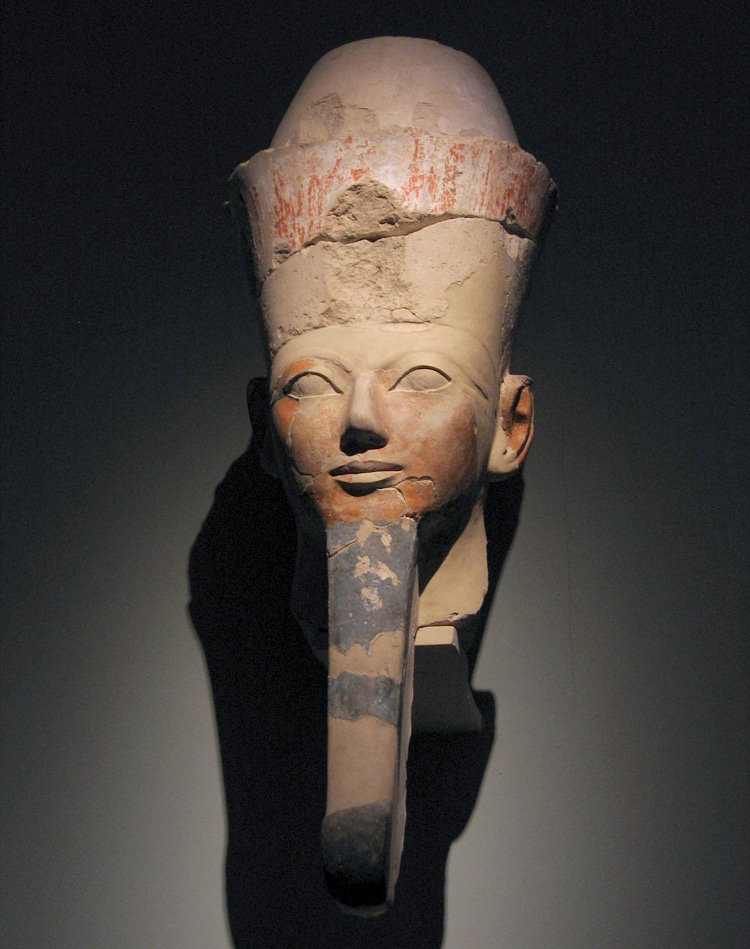
Head of Hatshepsut in the guise of the god Osiris, c. 1503–1482 BCE (Photo:Wikimedia Commons,CC BY-SA 3.0)
Hatshepsut and Thutmose II had only one living child, a daughter named Neferure.
After serving seven years as regent, Hatshepsut was crowned as king and made pharaoh.
Her portraits even portray her with the body of a man.
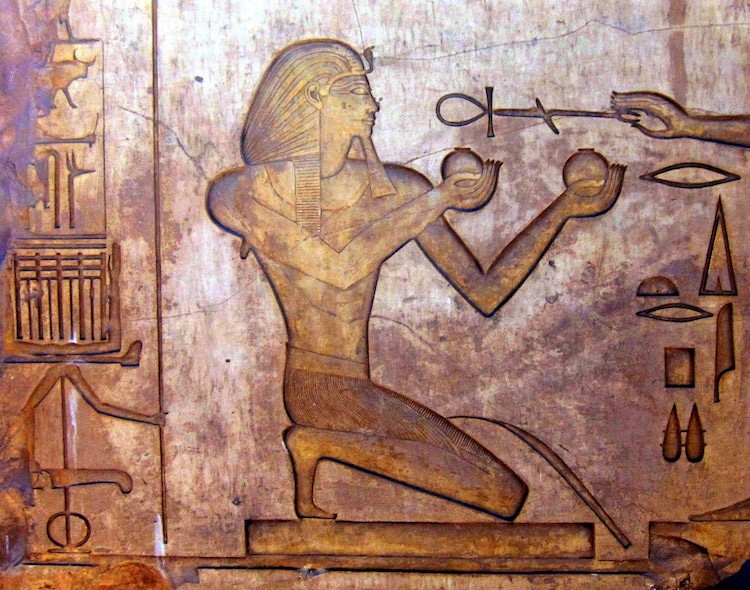
Relief of Thutmose II, c. 15th century BCE (Photo:Wikimedia Commons,CC0 1.0)
Hatshepsut had a peaceful reign.
When she came to power, Egypt was already in a very prosperous position.
Obeliskstall, four-sided structures with a pyramid on topwere a popular celebratory monument in ancient Egypt.
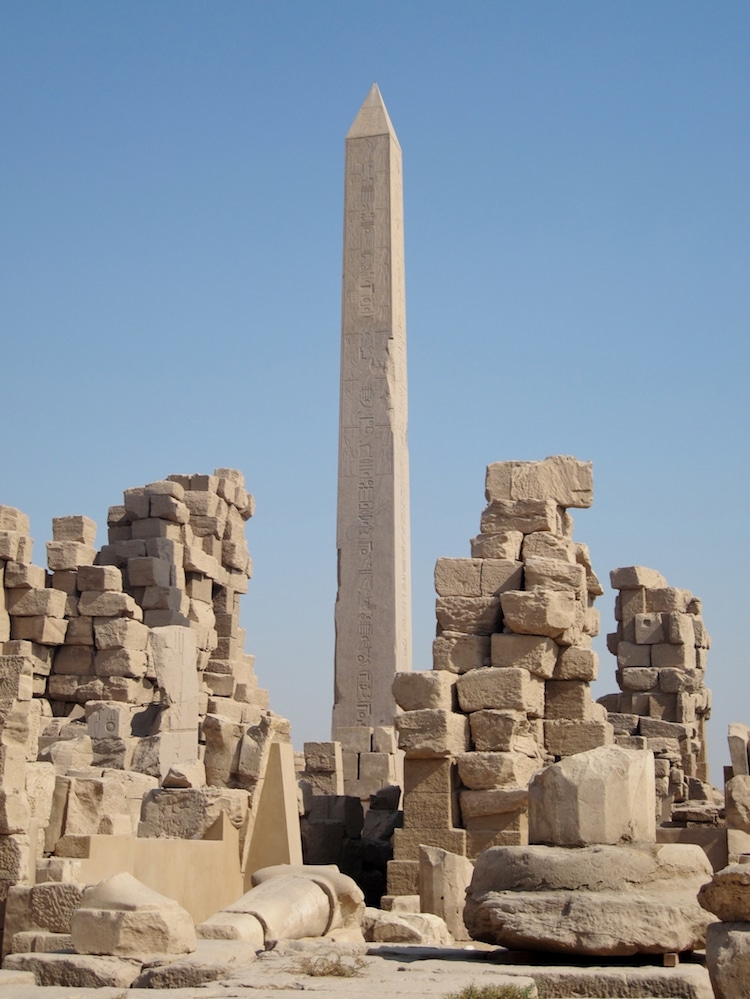
Hatshepsut’s Obelisk at the Karnak Temple in Luxor, Egypt, c. 1479–1458 BCE (Photo: Olaf Tausch viaWikimedia Commons,CC BY-SA 3.0)
Hatshepsut was responsible for creating several obelisks, some of which can still be seen today.
Temple of Hatshepsut, Luxor, Egypt (Photo: Arsty/DepositPhotos)
She was buried with kings.
It is considered to be the first tomb constructed in the necropolis.
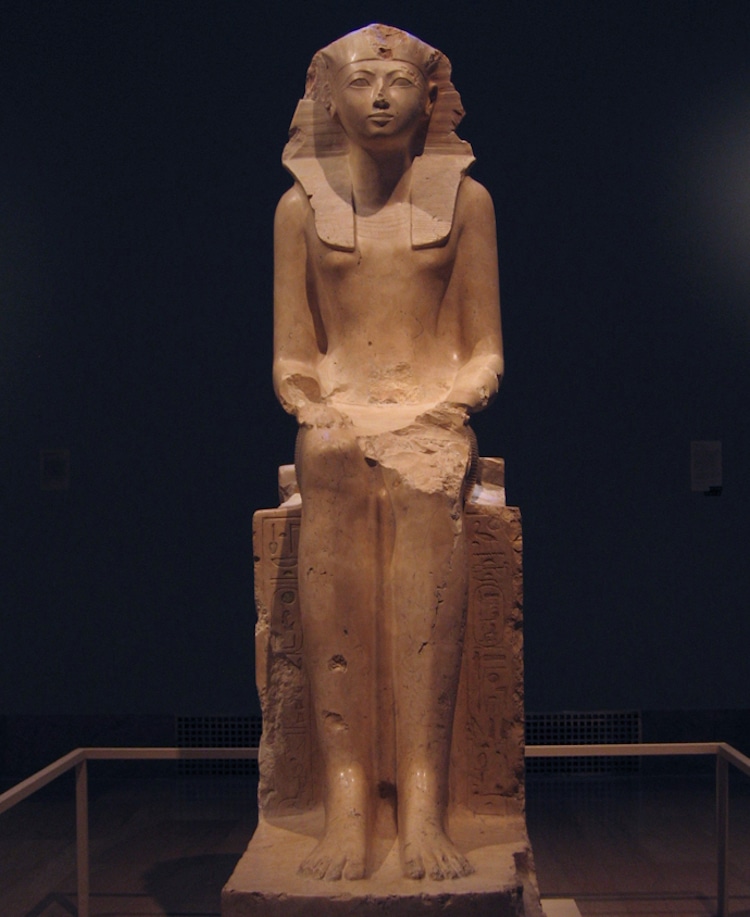
Statue of Hatshepsut, c. 1473–1458 BCE (Photo: Postdlf viaWikimedia Commons,CC BY-SA 3.0)
Her legacy was almost forgotten.
This included chiseling away her name from inscriptions and cartouches and disfiguring her portraits.
Fortunately, enough evidence survived to cement Hatshepsut’s place in history.
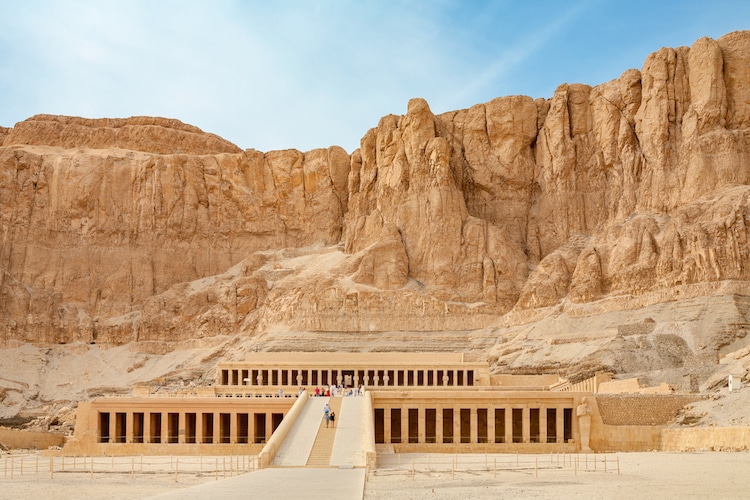
Temple of Hatshepsut, Luxor, Egypt (Photo: Arsty/DepositPhotos)